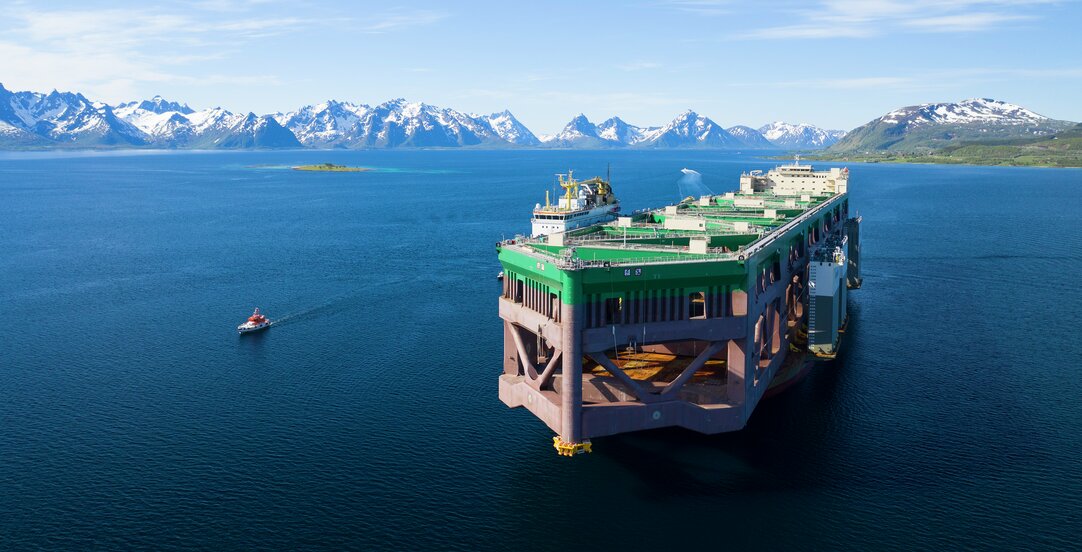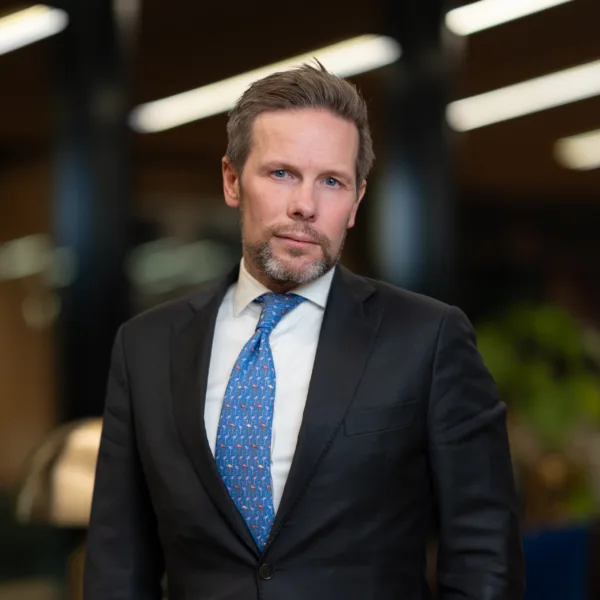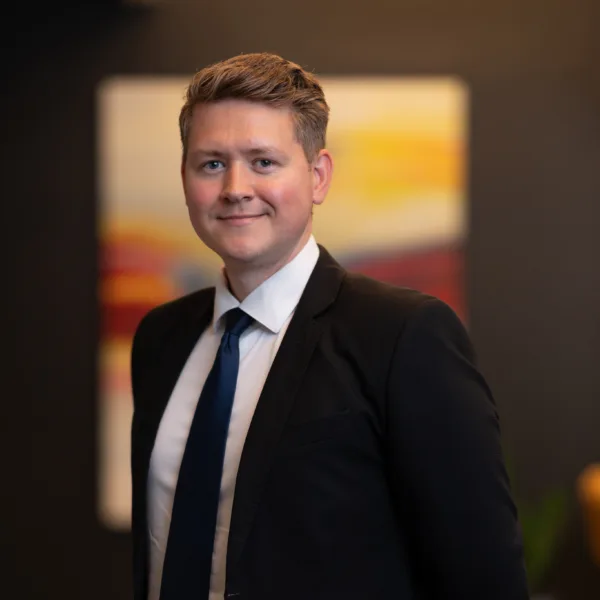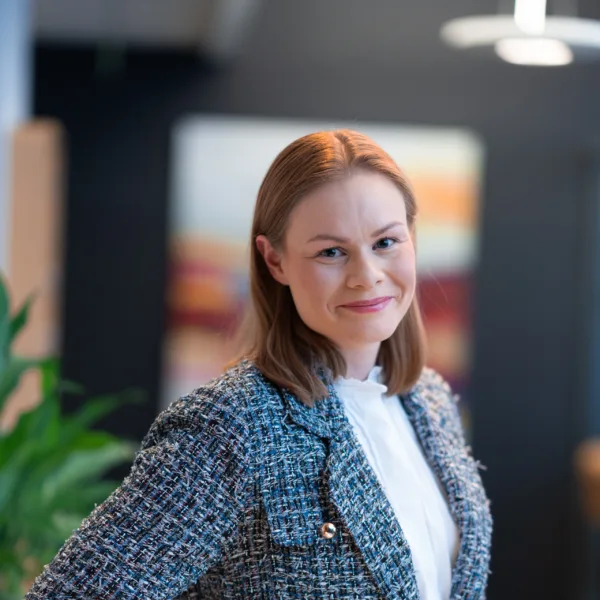New technologies in aquaculture

New technology in aquaculture is enabling offshore farming and the increased use of closed cages. New regulations may trigger significant investments in the years to come, resulting in an increased demand for new building and supply services.
Reading time 4 minutes
Fish farming in Norway has traditionally been executed in open net cages in sheltered fjords. However, the last 10 years has seen tremendous development in alternative production methods and significant changes in regulation. These changes have led to environmental footprint becoming the premiss for industry growth, and consequently causing a reduction of production capacity in certain geographical areas. In addition, the restrictions on industry growth, combined with the introduction of new permit regimes, have led to an increased demand for innovative technology and new production methods.
Development of new technology
The Norwegian Government has stated an intention to quintuple production volumes of farmed fish by 2050. However, this production increase is dependent on the development of technology that resolves existing environmental issues (sea lice, escape of fish, discharge of organic waste) and renders it possible to farm fish in more remote areas where the impact on the environmental footprint is less significant. As production growth is contingent upon new technological developments, which are more environmentally sustainable, the government is introducing new permit regimes with incentives to develop technology.
One of these regimes, “development licenses”, was introduced in 2015 followed by a regime on production zones and regulation of production capacity based on the industry’s impact on wild salmon due to sea lice levels.
The production technology, which is still under development through “development licenses”, is very different from the traditional commercialised equipment used in traditional fish farming. In addition to different variations of closed cages and the use of Recirculatory Aquaculture Systems (RAS) for production in the fjords, there are several projects to develop the production technology for exposed and offshore sites, making fish farming possible in new areas further away from the coast.
Knowledge-sharing across industries
The development of technology for exposed and offshore production has been based on known technology from the shipping and oil and gas sectors. As there are many similarities between the production methods within these industries, we will see an increase in demand for suppliers and facilitators across the industry sectors, who possess the know-how related to the implementation and use of these new technologies.
As an example, the company Nordlaks has developed a ship-like construction facility named “Jostein Albert” that is stationed 5 kilometres off the coast. The construction is some 385 meters long, 60 meters wide, and has the production capacity of 10 000 tons of salmon. Jostein Albert was built by CIMC Raffles’ shipyards in Yantai and Haiyang (China) in 2018 and transported to Norway by the world’s largest freight vessel, the Dockwise Vanguard. The production involves ship-to-ship operations and Nordlaks has acquired the world’s first LNG-hybrid well-boat for this purpose. The well-boat, MS “Bjørg Pauline”, was built at Tersan Shipyard in Turkey and delivered in 2021. This project is a good example of the utilisation of technology and knowledge-sharing across industries and frontiers. We expect to see more of these international projects/ partnerships in the future.
The technology developed from the 2015 project, serves as a driving factor for the development of new permit regimes for offshore fish farming.
Proposals for new permit regimes
Increased focus on sea lice issues and available areas for traditional fish farming has led the industry and the government to find new ways to increase the production of salmon, trout and rainbow trout. The Norwegian Government has proposed two new permit regimes for fish farming in closed systems and offshore fish farming.
The first is a new proposal for environmental technology licenses for closed fish farming businesses, whereby the Ministry of Trade, Industry and Fisheries might issue 20 new licenses each year for closed farming. The proposal requires farmers to avoid sea lice and to clean the water waste to reduce pollution. This may entail designing and building new closed fish farms on a large scale which will likely boost the yard industry and related services in the future. However, the Ministry recently put the proposal on ice for at least another year.
The second proposal is an even larger milestone with the establishment of new offshore farming licenses and an industry development off the coast of Norway. The government proposed a new legislative framework for offshore farming that includes the general regulations for identifications, consequence evaluations and allocation of licenses. This proposal was recently under public consultation with an additional public consultation to be held later for individual allocation rounds. New offshore farming operations will of course bring about a large demand for yard and shipping services. Hopefully the seafood industry – which is Norway’s second largest export industry – will contribute to a new golden age for the supply industry, including well-boats and services.
Developing a regulatory framework for future salmon production will be key for Norway’s ambitions as a leading seafood producer. However, if putting a regulatory regime in place takes too long, we run the risk that other jurisdictions will use the opportunity to attract investments first. It is therefore crucial that regulators keep up the pace.
Wikborg Rein are closely following the proposals for new permit regimes and we are also assisting several fish farming companies with written submissions in the public consultation.
Main photo: Nordlaks


